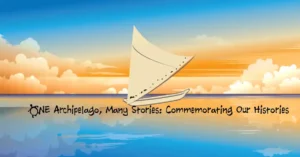
4th Marianas History Conference
The fourth Marianas History Conference, “Commemorating Our Histories,” was held at the University of Guam from Saturday, August 31 – Sunday, September 1, 2019.

The fourth Marianas History Conference, “Commemorating Our Histories,” was held at the University of Guam from Saturday, August 31 – Sunday, September 1, 2019.

Contributed by the War in the Pacific National Historical Park. Images accompanying brief description of WWII events.
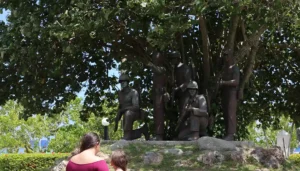
CHagui’an Memorial, Yigo. The CHagui’an Memorial site, on the north-central plateau of Guam, is where the largest known single act of violence on Guam occurred,

Photos from the Back to Sumai event by Edward B. San Nicolas, US Navy Base Guam’s Joint Region Marianas Public Affairs Office, and Guampedia.
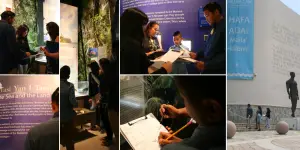
A comprehensive overview of the Museum’s history, the new facility and permanent exhibit, I Hinanao-Ta Nu Manaotao Tåno’-I CHamoru Siha: The Journey of the CHamoru
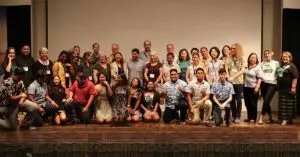
The third Marianas History Conference was held in Garapan, Saipan September 1-2, 2017. The conference, featuring 36 presentations on Marianas History, had originally been scheduled
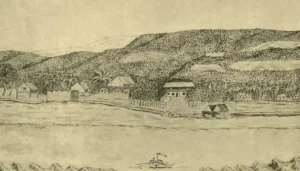
Remarks on a Voyage in 1801 to the Island of Guam, was written by William Haswell, the First Officer of the barque Lydia.
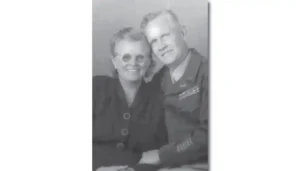
Gertrude Costenoble, also known as Trudis Alemån, was born 20 December 1893, in Reinfelden, Switzerland. In 1904 a portion of the Costenoble family, parents Gertrude
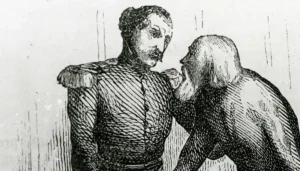
In 1817 Adelbert von Chamisso recorded the CHamoru terms for what he assumed were cardinal directions: Timi (North), Seplun (South), Manuu (East), Faniipan (West). These
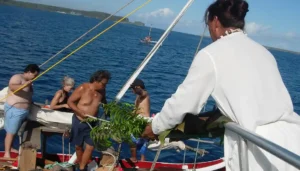
In 2007, Guam commemorated the 90th anniversary of the scuttling of the SMS Cormoran II. The festivities included wreath-laying ceremonies at Apra Harbor and the